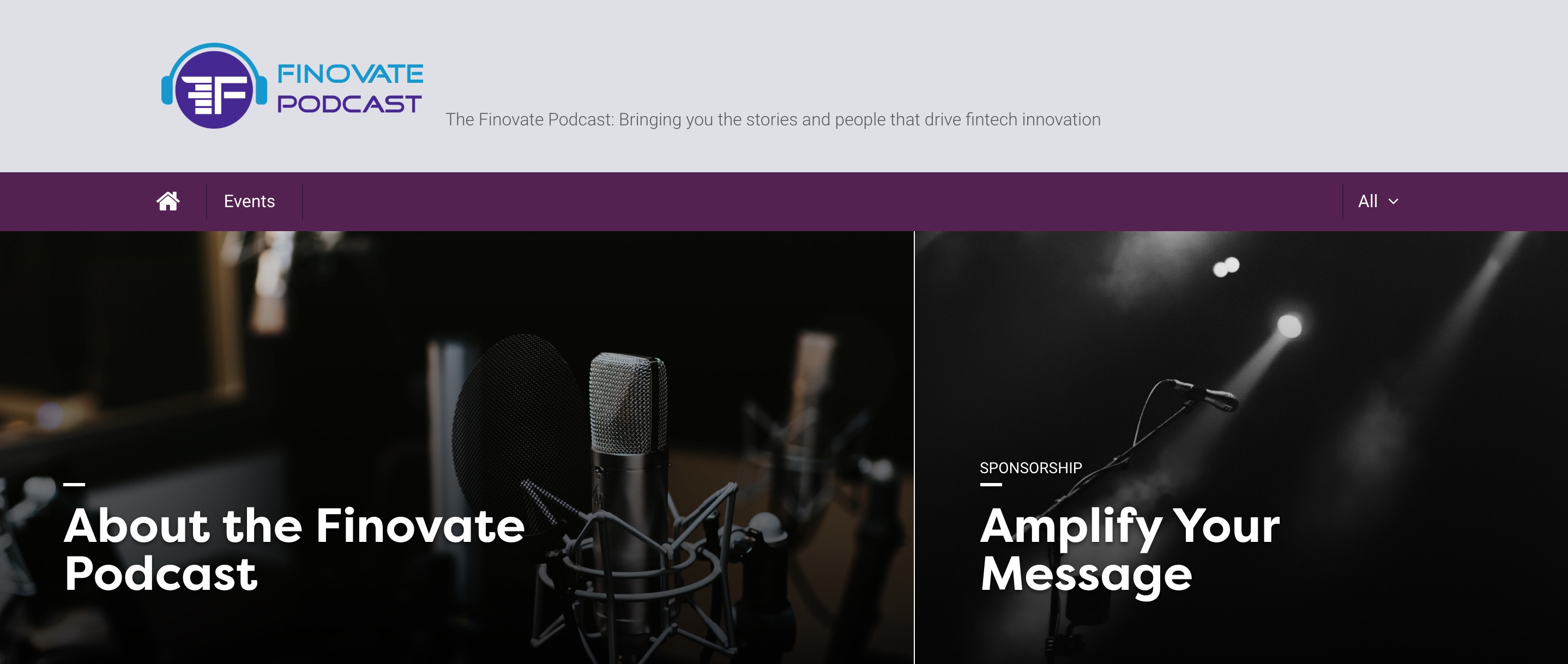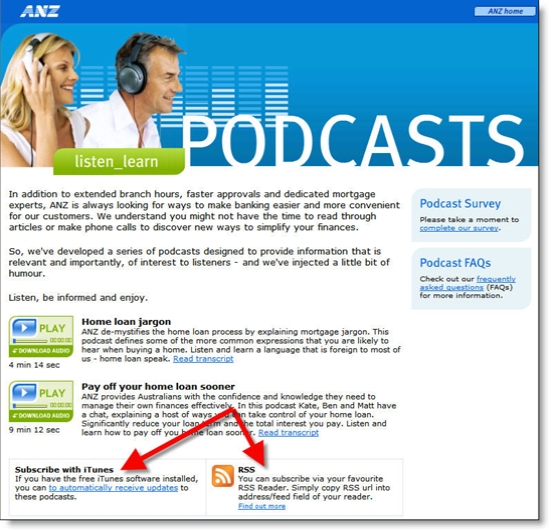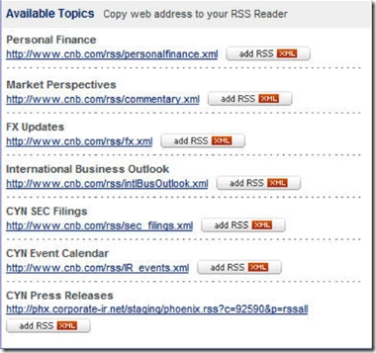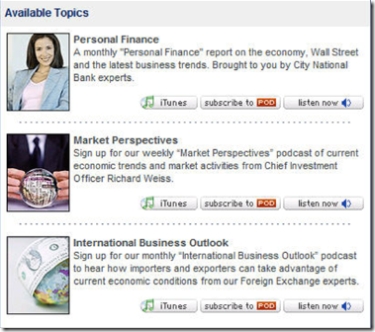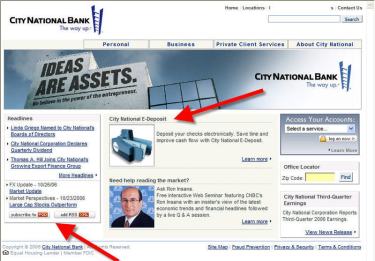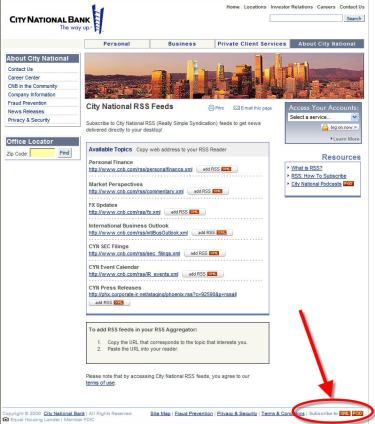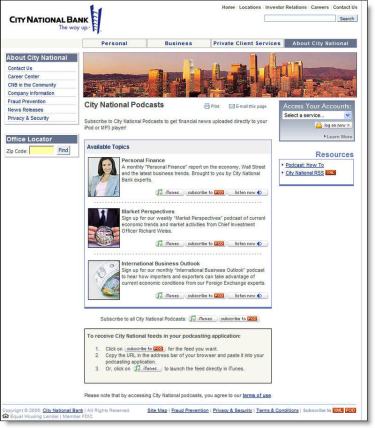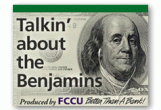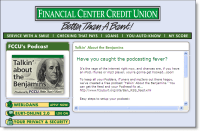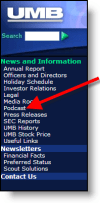
With a global pandemic reshaping the way we live and work, Finovate VP Greg Palmer and his Finovate Podcast turned to two of our industry’s most insightful observers this week to help put the current challenges to fintech in context.
Ron Shevlin, Managing Director of Fintech Research at Cornerstone Advisors, is one of the world’s top fintech influencers. Author of the book Smarter Bank and a columnist for Forbes, he has provided keynotes and moderated panels at industry events including FinovateFall.

On the challenges facing business leaders during the COVID crisis
We’re wrestling, all of us, with three major concerns: our physical health, our mental health, and our financial health. And if you’re an executive at a fintech company, a bank, a credit union, whatever it might be, you’re wrestling with those things in multiple dimensions: your personal physical, financial, and mental health; your family’s physical, financial, and mental health, your employees’ three areas of health and your customers’. You add that up and it’s pretty daunting …
Listen to Greg’s full 20 minute conversation with Ron Shevlin.
Alyson Clarke is a Principal Analyst with Forrester Research. Among our Analyst All-Stars at FinovateFall 2019 last year, she is a specialist in digital business transformation, creating digital and customer “obsessed” cultures, and digital strategy and innovation.

On how a likely post-COVID-19 recession will affect fintechs and financial services firms
I think we’re clearly going to see fintech funding slow – especially for new or less established startups. In fact, I think it will slow across the board from VCs to corporate funding. I think that will be some of the downside for the fintechs.
In terms of financial services and banks, they’re going to do what they naturally do and that’s focus on cost-cutting and making the operations more efficient. Sadly, some of that focus will be on automation and things like that for the sake of reducing headcount. The problem with that is that they really need to be focused on productivity, not just cost-cutting, because (managing) recessions is about preparing for the upturn.
Listen to Greg’s full 15-minute conversation with Alyson Clarke.
And be sure to check out all the interviews from the Finovate Podcast.
Here is the latest news from our Finovate alums.
- Microsoft and Plaid collaborate to enable people to import bank and credit card account data into a new PFM solution, Money in Excel.
- Newly-rebranded Transact Bank (formerly Colorado National Bank) to deploy core banking technology from Fiserv.
- Vymo introduces new Work from Home solution to help agents and relationship managers work remotely.
- Insuritas partners with Indiana-based Security Federal Savings Bank.
- Tradeshift launches Tradeshift Engage to foster digital collaboration between suppliers and buyers.
- Signifyd releases COVID-19 Business Continuity Package to help ecommerce businesses during the pandemic.
- NYMBUS launches SmartLenders program to help small businesses impacted by COVID-19.
- Dwolla appoints Brady Harris as CEO.
- iProov releases new Android SDK with user experience improvements, easier integration, and performance enhancements.
- Breach Clarity to waive fees for six months during COVID-19 crisis.
- PayActiv partners with Paychex to give businesses the ability to grant their workers immediate access to earned wages.
- Onfido, Admiral Markets, and GetID collaborate to drive omnichannel identity verification in Estonia.
- Jack Henry’s lending suite now supports Paycheck Protection Program (PPP).
Finovate Alumni Features and Profiles
Teslar Teams Up with Liberty National Bank to Boost Commercial Lending – The Oklahoma-based bank will use Teslar’s technology to boost productivity, increase transparency, and streamline its commercial lending process.
IdentityMind Global Acquired by Acuant – The deal offers Acuant access to IdentityMind’s digital identity product, a SaaS platform that builds, maintains, and analyzes digital identities and helps companies perform risk-based authentication, regulatory identification, and detect and prevent synthetic and stolen identities.
Vymo Offers Work From Home for Sales Professionals – Vymo, the company whose intelligent sales assistant makes life easier for on-the-go sales pros, has unveiled a new enhancement to help sales teams at this time when customer engagement is even more challenging.
Azimo Partners with Siam Commercial Bank – SCB clients will benefit from Azimo’s digital money transfer program that uses RippleNet, a blockchain-based money transfer service. Using RippleNet, Azimo will be able to instantly deliver payments from Europe to SCB client accounts.
CRIF to Acquire Strands – The union will bring Strands’ personal financial management and business financial management solutions to CRIF’s client base that includes 6,300 banks, 55,000 businesses, and 310,000 consumers across 50 countries.
Ocrolus’ Nicole Newlin On Digitization, Visualization, and the Age of Partnerships – We caught up with Nicole Newlin, VP of Solutions for Ocrolus, to talk about how the company leverages artificial intelligence to automate critical business tasks like underwriting for lenders.
EVO Payments Raises $150 Million to Help Manage COVID-19 Crisis – Merchant acquirer EVO Payments, the parent company of EVO Snap, has secured $150 million in cash to help fortify the company’s balance sheet, retire debt, and provide funding for future investment opportunities during the COVID-19 crisis.
How Lending-as-a-Service Can Impact Small Businesses in Need – One of the brutal facts of the COVID-19 outbreak is that it will be difficult for small businesses to survive. The self-distancing and shelter-in-place orders, while temporary, are taxing for already cash-strapped merchants.
Plaid to Power Microsoft’s New PFM Tool – Further proving that every company is a fintech company, Plaid has formed a partnership with Microsoft.
More Than $1.3 Billion Raised by 13 Alums in Q1 of 2020 – Finovate alums raised more than $1.3 billion in the first quarter of 2020, matching their best, first quarter performance to date from two years ago.

